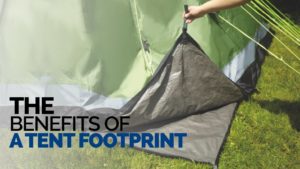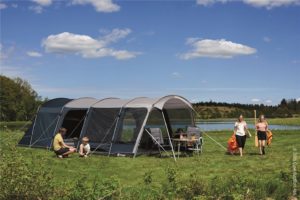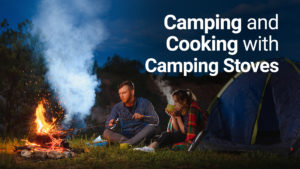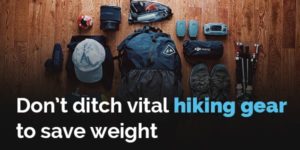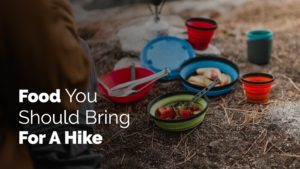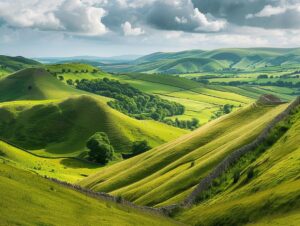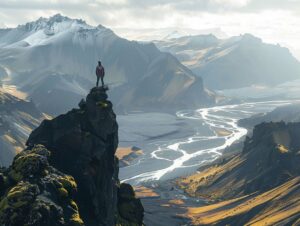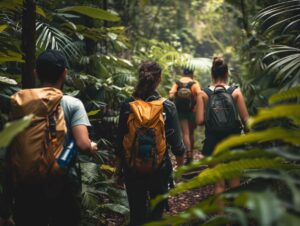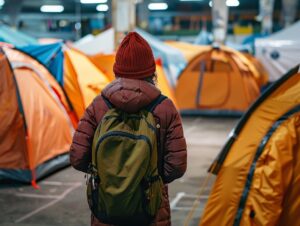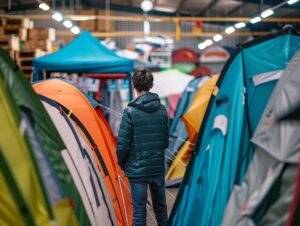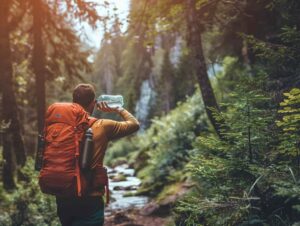
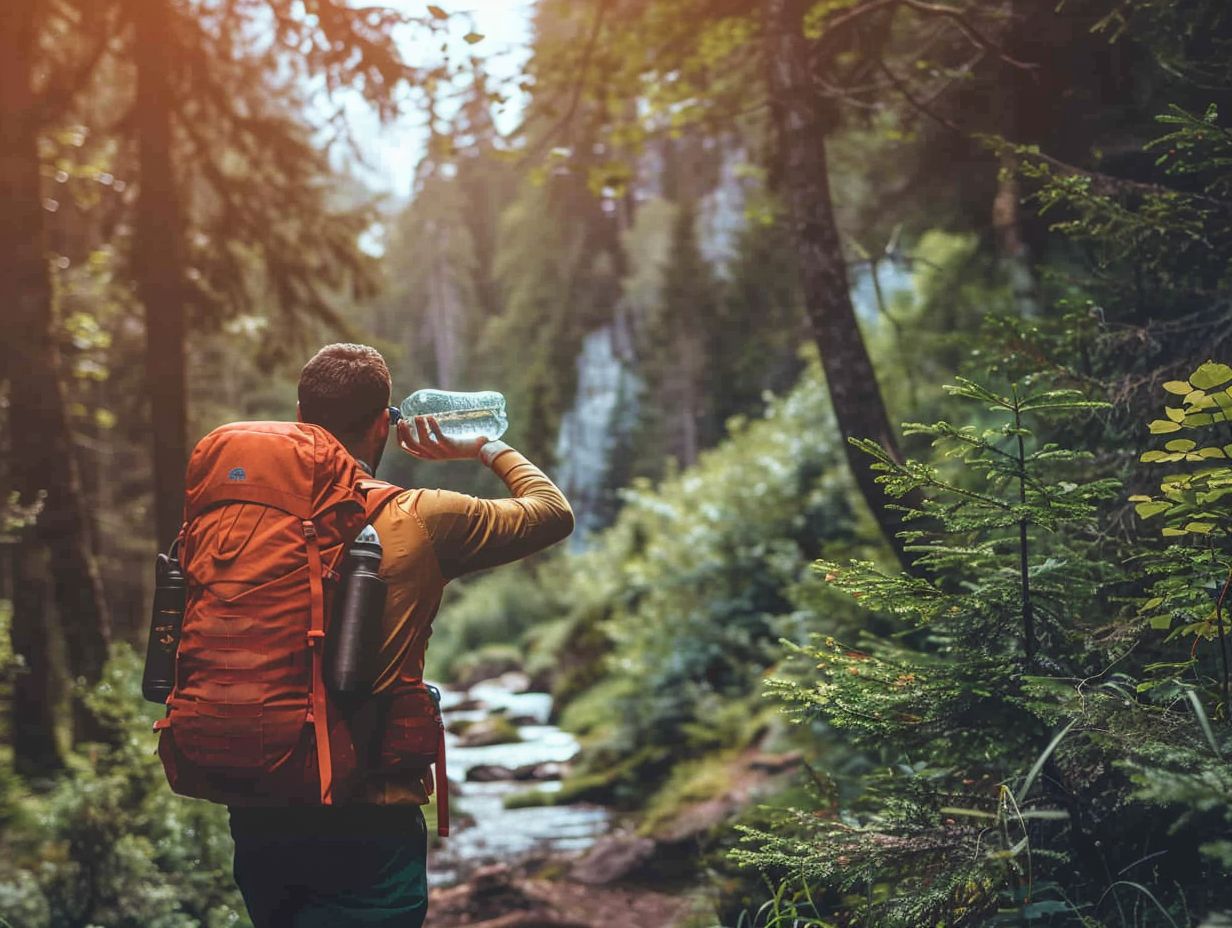
Vaibhav
- Categories: Advice
Staying hydrated is crucial on camping trips, especially during long treks in the great outdoors.
Consider various factors when calculating your water needs while camping.
We’ll discuss why hydration is key, how to determine your water requirements, and ways to stay hydrated while exploring nature.
Highlight signs of dehydration to watch out for during your outdoor adventures.
Key Takeaways:

- Staying hydrated is crucial on camping trips to prevent dehydration and maintain overall health and well-being.
- When packing for a camping trip, consider factors like weather, physical activity, and length of trip to determine how much water to bring.
- To stay hydrated on a camping trip, prioritize drinking water and eating water-rich foods, and avoid alcohol and caffeine.
What Are Some Ways to Stay Hydrated on a Camping Trip?
Ensuring proper hydration during a camping excursion requires the implementation of effective hydration strategies. This includes maintaining a regular intake of water, using hydration products as required, and making informed decisions to maintain optimal hydration levels throughout outdoor activities.
1. Drink Plenty of Water
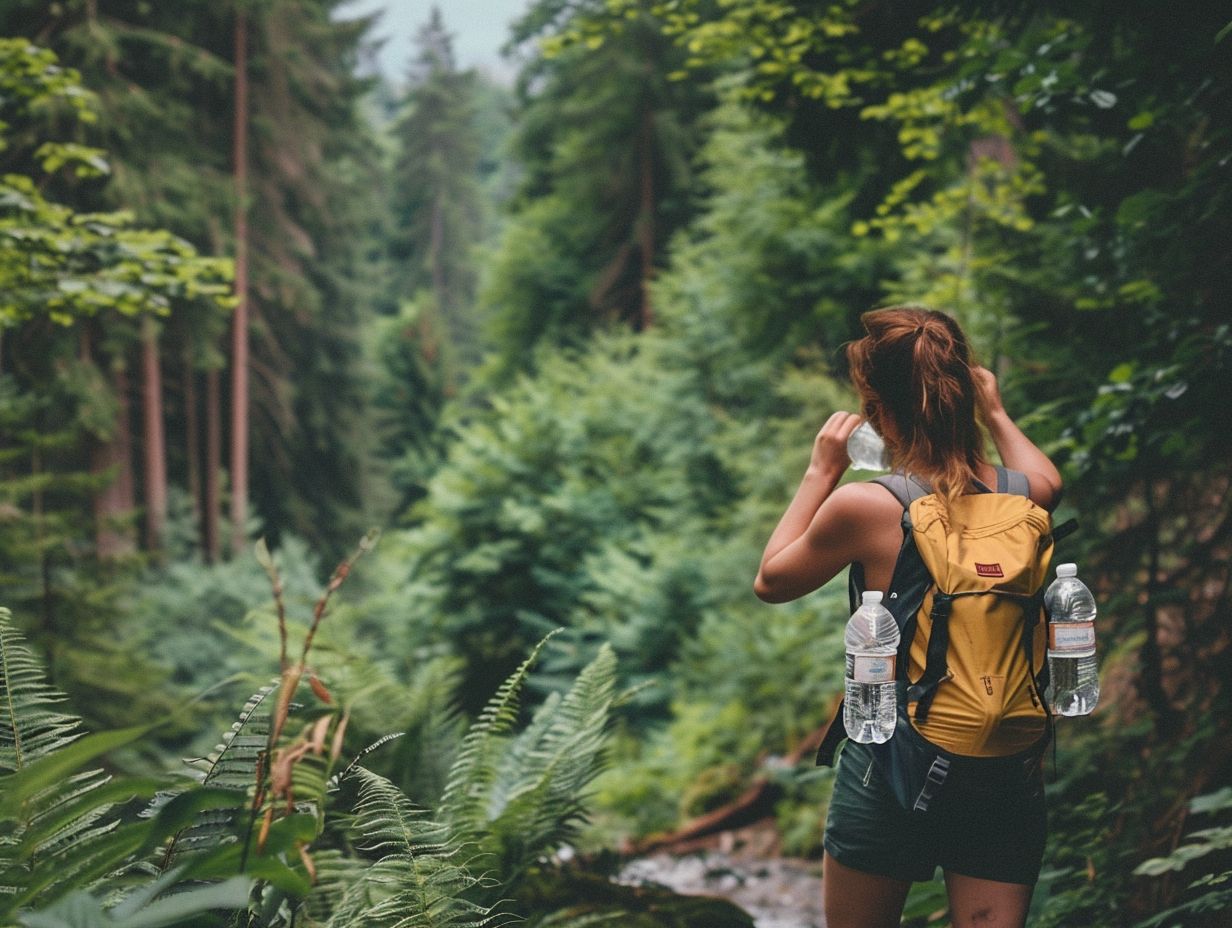
One of the most effective methods for maintaining hydration levels during a camping expedition is to consume a sufficient amount of water consistently throughout the course of the day.
Water plays a pivotal role in the preservation of overall health and wellness by aiding in the regulation of body temperature, facilitating the process of digestion, and ensuring the optimal performance of bodily organs.
Whilst amidst the natural environment, individuals may become engrossed in various activities and inadvertently neglect their water intake.
A practical approach to reminding oneself to remain hydrated is by establishing regular alarms on personal mobile devices or employing a water tracking application. It is advisable to have a reusable water bottle readily available at all times and to consider utilising hydration packs or collapsible water reservoirs for extended hiking excursions.
Sufficient hydration is imperative for the prevention of dehydration-induced symptoms, including fatigue, headaches, and dizziness.
2. Eat Water-Rich Foods
The integration of water-rich foods into one’s diet serves as a viable hydration strategy for maintaining optimal hydration levels during camping expeditions.
Fruits, such as watermelon, strawberries, and oranges, exemplify water-rich foods that not only aid in hydration but also supply crucial vitamins and minerals. Similarly, vegetables like cucumbers, tomatoes, and bell peppers boast high water content, thereby contributing significantly to overall hydration levels.
These food selections can be seamlessly included in camping menus either as standalone snacks or as complementary ingredients in salads. By incorporating these water-rich foods into one’s camping diet, individuals can augment their hydration levels while partaking in outdoor recreational activities.
3. Avoid Alcohol and Caffeine
To effectively maintain proper hydration levels, it is imperative to avoid consuming alcohol and caffeine, as these substances have the potential to worsen symptoms of dehydration.
When camping, individuals should refrain from consuming beverages that are high in alcohol or caffeine, and instead opt for hydrating alternatives such as water, herbal teas, or electrolyte-based drinks.
Alcohol and caffeine function as diuretics, prompting increased urine output and ultimately leading to a net loss of fluids. This can pose challenges in maintaining adequate hydration levels in outdoor settings.
By choosing water-rich fruits and vegetables as snacks and steering clear of sugary fizzy drinks or energy drinks, campers can ensure they are meeting their body’s hydration requirements effectively.
4. Use a Hydration Pack or Water Bottle
Using hydration packs or water bottles, such as those offered by CamelBak or LifeStraw, can facilitate the maintenance of adequate hydration levels during your camping excursion.
Hydration packs present the advantage of hands-free hydration, enabling individuals to consume water while in motion without necessitating a pause to retrieve a water bottle. Conversely, water bottles afford a more conventional method of transporting water and are frequently simpler to replenish.
When deliberating between the two options, it is advisable to take into account considerations such as capacity, material composition (e.g., BPA-free plastic or stainless steel), weight, and durability. Select a superior-quality hydration pack or water bottle that aligns with your camping preferences and fulfills your hydration requirements to ensure a seamless experience amidst nature.
5. Set Reminders to Drink Water
Incorporating hydration reminders into one’s daily routine is a practical method to ensure adequate hydration levels are maintained during a camping excursion.
Utilising hydration reminder applications on mobile devices proves to be an effective technique in this regard. These applications have the functionality to issue notifications at predefined intervals, serving as prompts to consume water.
Another viable approach involves establishing physical cues, such as affixing a water bottle to one’s backpack or positioning it conspicuously at the campsite. The steadfastness in adhering to hydration reminders is imperative; it is advisable to cultivate a routine of regularly interacting with the reminders.
To seamlessly integrate hydration reminders into the camping regimen, it is beneficial to synchronise them with other activities such as meal times or rest breaks. By incorporating hydration cues into the daily agenda, individuals can prioritise hydration even amidst the outdoor environment.
What Are Some Signs of Dehydration to Watch Out For?
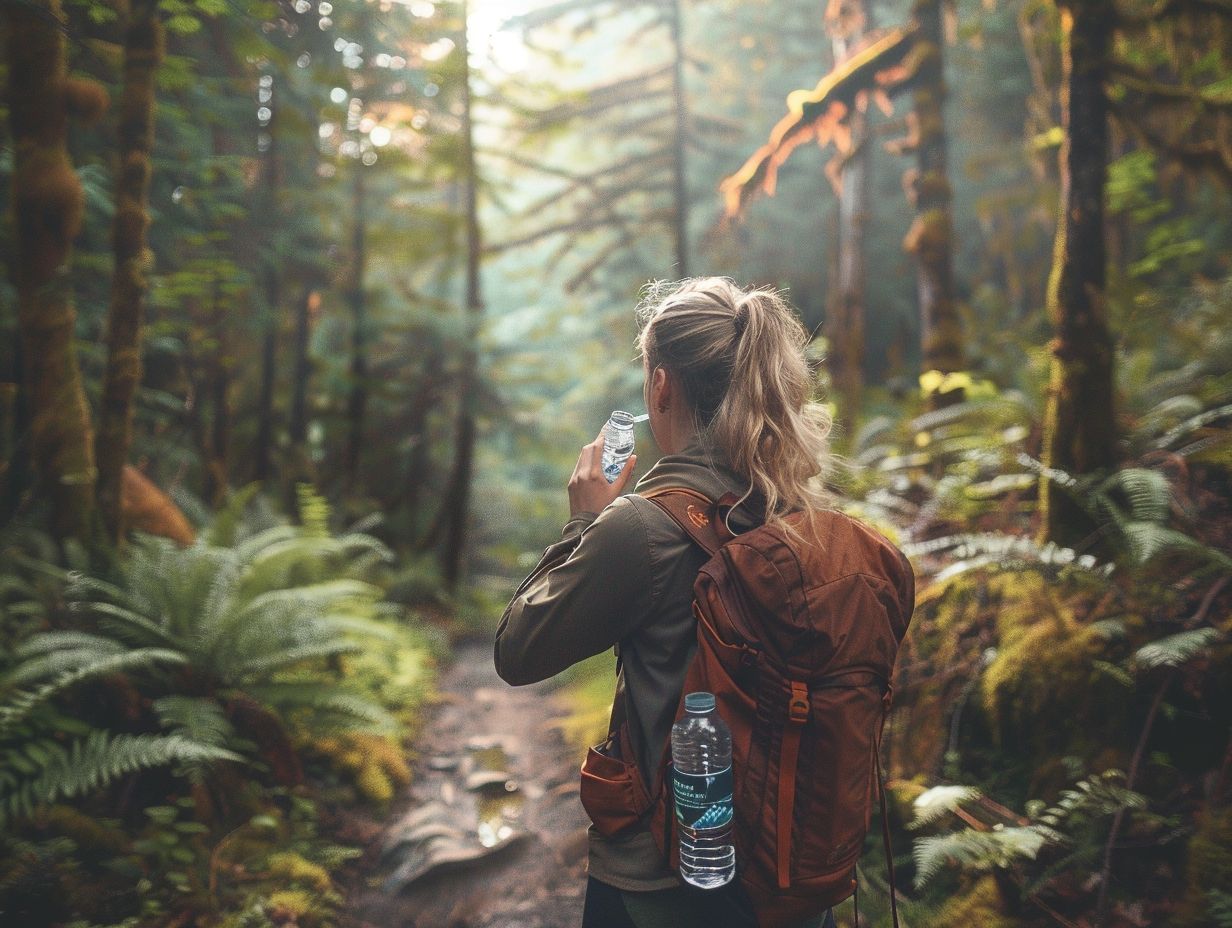
It is crucial to identify the indicators of dehydration as it enables prompt intervention and the prevention of potential health hazards that may necessitate visits to the A&E if not promptly addressed.
1. Thirst
One of the initial indicators of dehydration is the sensation of thirst, signalling the body’s requirement for increased water intake.
Thirst functions as a critical signal from the body, prompting individuals to replenish lost fluids and sustain optimal hydration levels. Disregarding feelings of thirst can result in a variety of health issues, including fatigue, headaches, and reduced cognitive function.
To effectively address sensations of thirst, it is imperative to establish a routine of consuming water consistently throughout the day, particularly in warm climates or during physical exertion. Maintaining a steady water intake is pivotal in preventing dehydration and promoting overall wellness.
In outdoor activities such as camping, it is crucial to monitor levels of thirst by recognising symptoms like dry mouth, dark urine, and dizziness. Additionally, carrying a reusable water bottle is essential to ensure continued hydration while on the move.
2. Dark Urine
Dark urine is often indicative of dehydration, suggesting that the body is not receiving an adequate amount of water. To assess hydration levels, individuals should observe their urine colour, aiming for a light yellow or straw-like hue, which signifies appropriate hydration levels.
Prompt attention to dark urine is essential as it may signal underlying health conditions beyond dehydration. Maintaining a clear urine colour necessitates sufficient water intake throughout the day. Additionally, including hydrating foods like fruits and vegetables in one’s diet can help in maintaining a healthy yellow shade of urine.
3. Fatigue and Weakness
Dehydration can manifest through symptoms such as fatigue and weakness, which can impede one’s ability to fully engage in and enjoy camping activities.
It is widely recognised that a lack of proper hydration often leads to a decline in energy levels, given that water plays a critical role in various physiological processes such as maintaining optimal blood circulation and regulating body temperature.
Initial signs of dehydration typically include indicators such as dark yellow urine, persistent thirst, dryness of the mouth and skin, and feelings of lightheadedness. To address these symptoms effectively and sustain one’s endurance during camping or other outdoor pursuits, it is imperative to prioritise hydration.
By consistently consuming water throughout the day, refraining from sugary beverages and alcohol, and incorporating hydrating foods like fruits and vegetables into one’s diet, individuals can significantly boost their energy levels and ensure that their bodies remain adequately hydrated.
4. Headaches
Headaches are a common symptom of dehydration, often resulting from insufficient fluid intake during outdoor excursions. Dehydration-related headaches occur when the body loses more fluids than it ingests, resulting in a reduction in blood volume and cerebral oxygen supply.
Adequate hydration is crucial in preventing these headaches, particularly when engaging in physical activities or spending time in warm climates. To maintain optimal hydration levels, it is advisable for individuals to consume water regularly throughout the day and be mindful of signs of thirst.
In cases where a dehydration-related headache is experienced, it is imperative to rest in a cool environment, hydrate slowly, and consider the intake of electrolyte-enriched beverages to aid in the replenishment of lost fluids and minerals.
5. Muscle Cramps
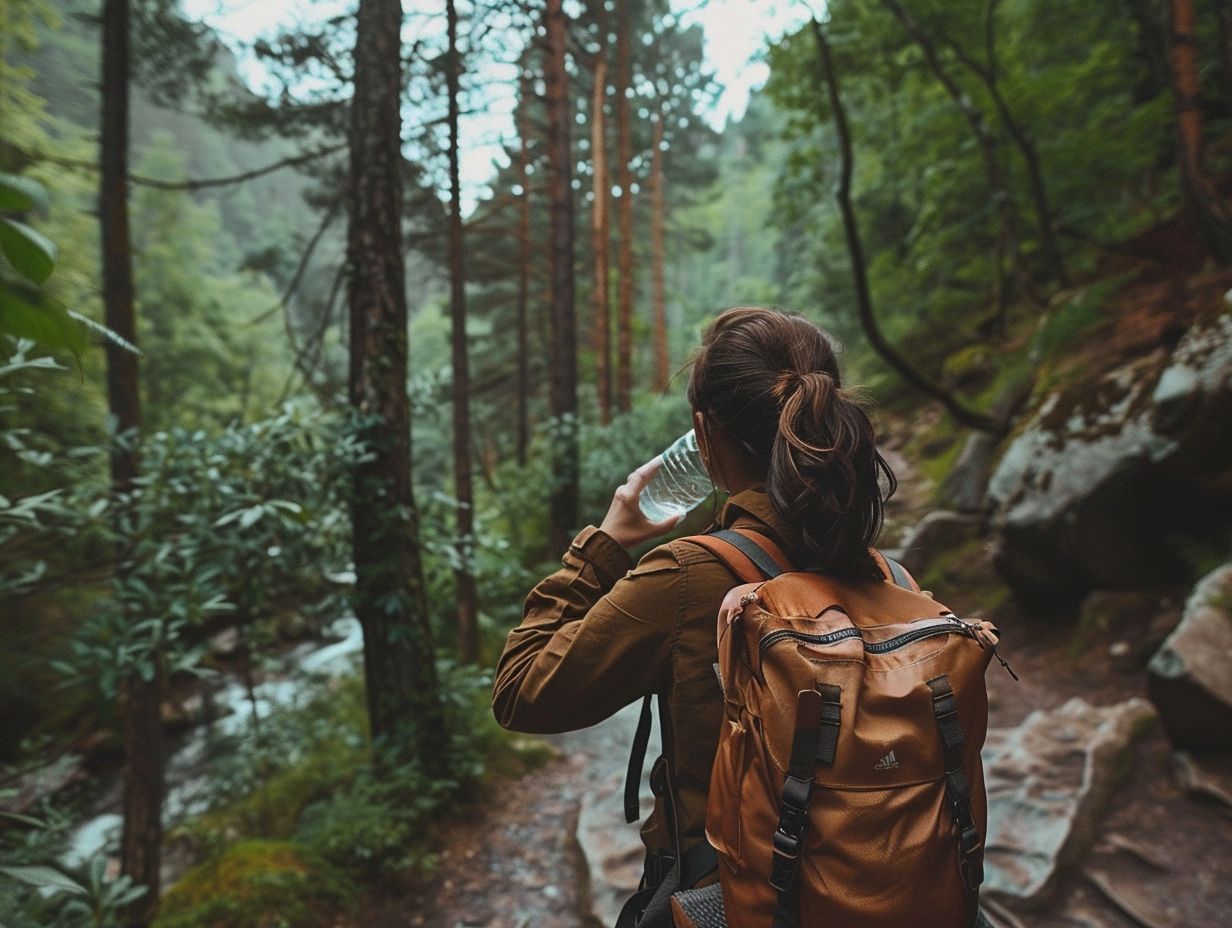
Muscle cramps can serve as an indication of dehydration, underscoring the importance of sufficient water intake to uphold muscle function during the camping expedition. When the body experiences dehydration, muscles become more susceptible to cramping as a result of electrolyte imbalances and diminished blood circulation.
To preclude cramps, it is imperative to maintain a consistent intake of water throughout the day, particularly in warm climates or during physical exertion. Beverages rich in electrolytes, such as sports drinks, can also aid in replenishing essential minerals.
If muscle cramps manifest, it is vital to cease activity, gently stretch the affected muscle, and consume water to rehydrate. Disregarding cramps can lead to more severe muscle injuries, underscoring the critical role of hydration in sustaining optimal muscle health.
Frequently Asked Questions
How much water should I bring on a long camping trip?
It is recommended to bring at least 2 litres of water per person per day on a camping trip. This amount can vary depending on factors such as climate, physical activity, and individual hydration needs.
What are some ways to make sure I drink enough water on a camping trip?
One way to ensure you stay hydrated is to set a goal to drink a certain amount of water at specific intervals, such as every hour or after completing a physical activity. You can also bring flavour packets to add to your water for a more refreshing taste.
Are there any alternatives to carrying large amounts of water on a camping trip?
Yes, you can bring a portable water filtration system or chemical tablets to purify water from natural sources such as rivers or lakes. Just make sure to read and follow the instructions carefully.
What types of food can help keep me hydrated on a camping trip?
Foods with high water content, such as fruits and vegetables, can help keep you hydrated. Some good options include watermelon, cucumber, and celery. Additionally, soups and broths are also hydrating options.
Can I drink other beverages besides water to stay hydrated?
While water is the best option for hydration, other beverages such as sports drinks, coconut water, and electrolyte-enhanced water can also provide hydration. Just be cautious of sugary and caffeinated drinks, as they can have a dehydrating effect.
What are some signs of dehydration to watch out for on a camping trip?
Some common signs of dehydration include feeling thirsty, dry mouth, dark-coloured urine, fatigue, and dizziness. If you experience any of these symptoms, it is important to stop and rest, drink water, and seek medical help if necessary.
Share:
By submitting your email address, you are agreeing to receive marketing emails from theexpertcamper.co.uk.
We’ll never share your email address and you can unsubscribe at any time. Privacy policy
Related Posts
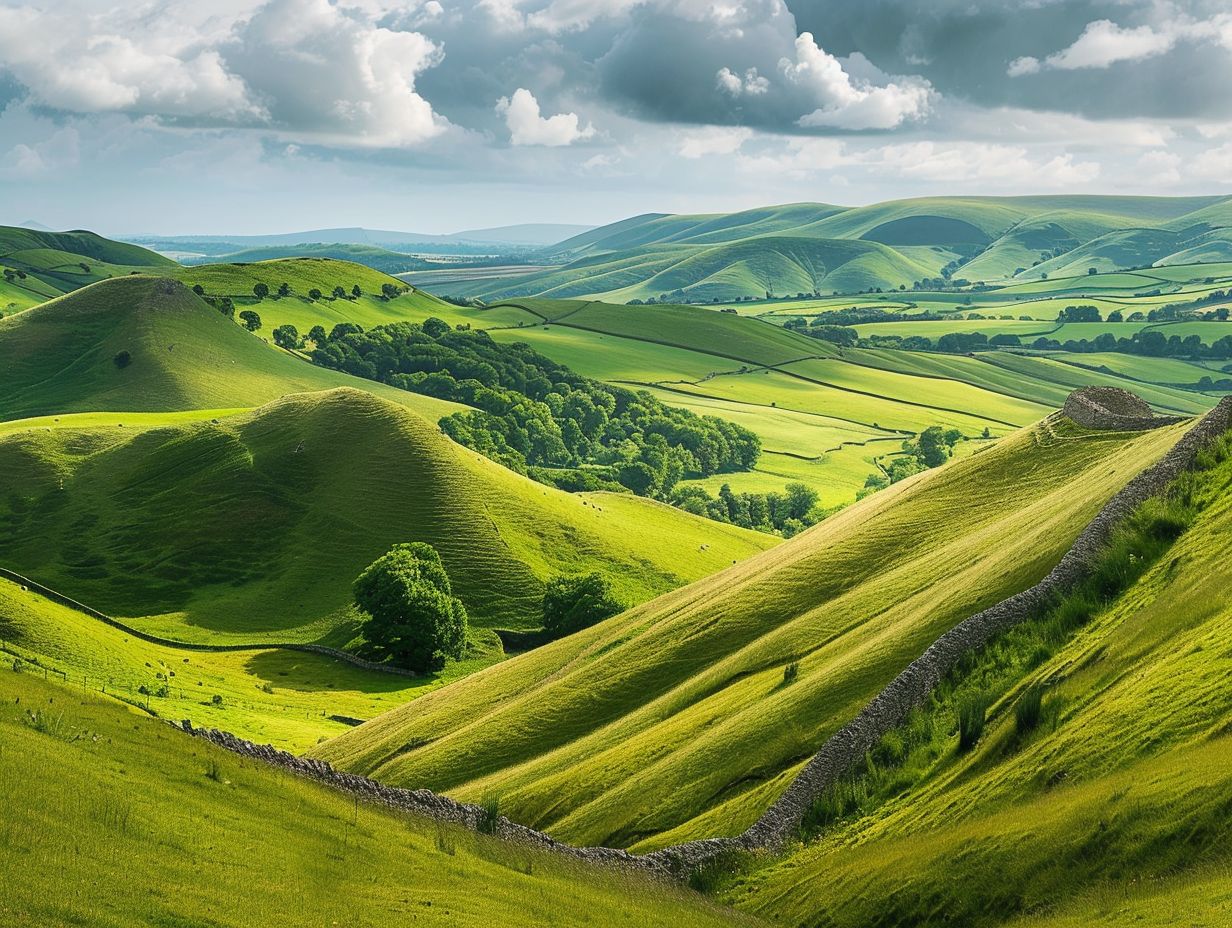
A Seasonal Guide To Hiking In The Peak District
Are you ready to lace up your hiking boots and explore the stunning landscapes of the Peak District? This seasonal guide will take you through
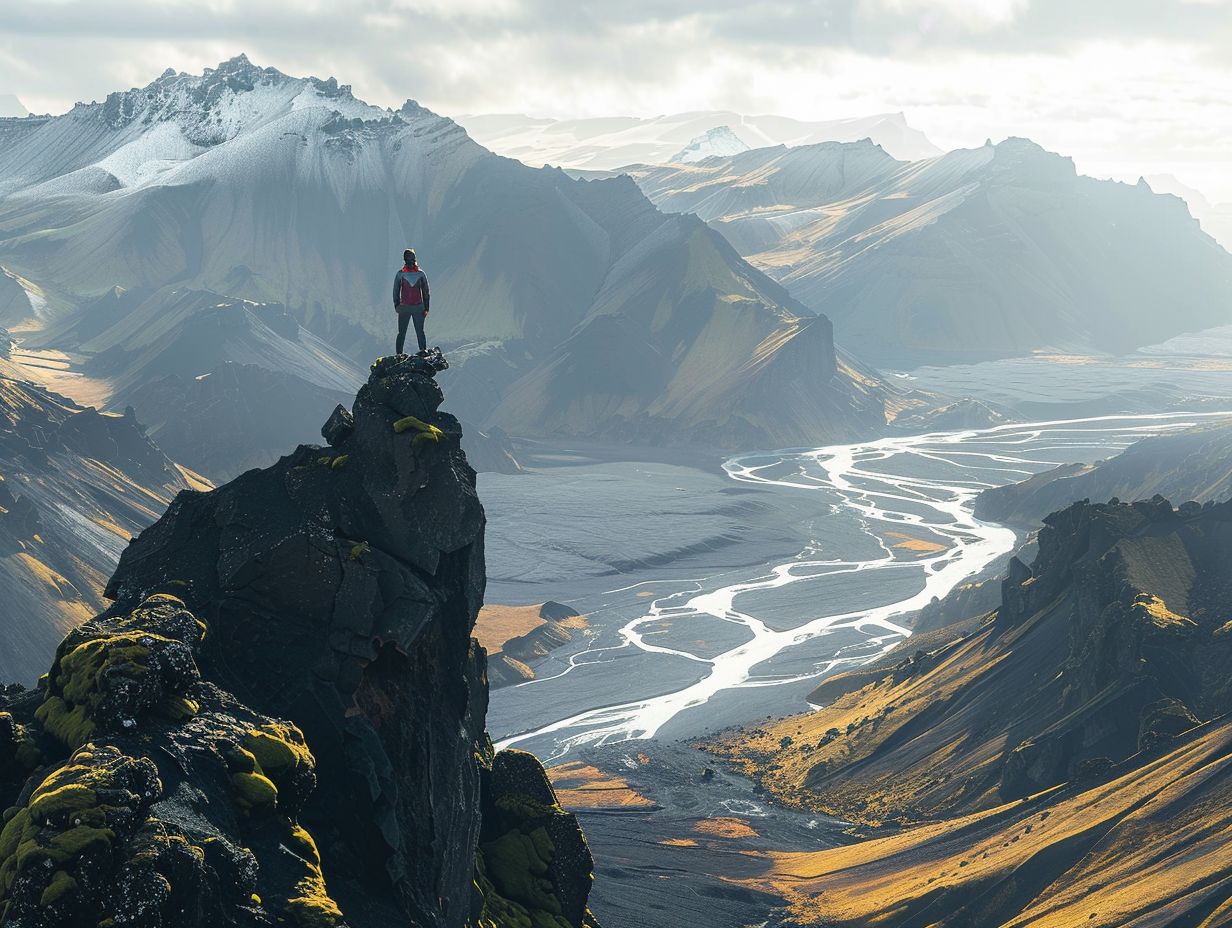
Hiking Challenges Preparing For Your First Ultrahike
Are you ready to take your hiking adventures to the next level? Ultra-hiking offers a unique combination of physical and mental challenges, breathtaking scenery, and
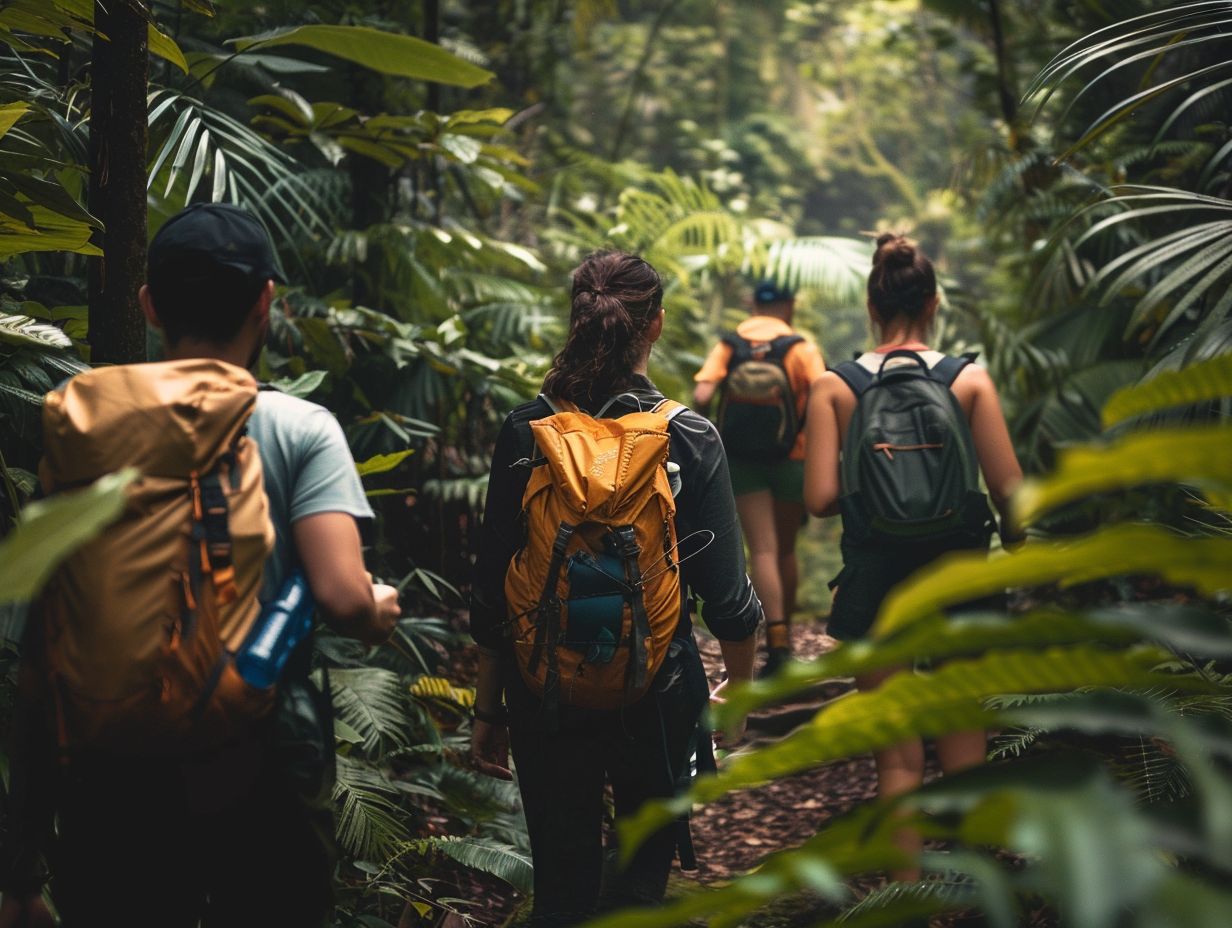
Ecofriendly Hiking Tips For Sustainable Adventures
Are you an outdoor enthusiast looking to minimise your impact on the environment while enjoying the great outdoors? Eco-friendly hiking is the perfect solution! We
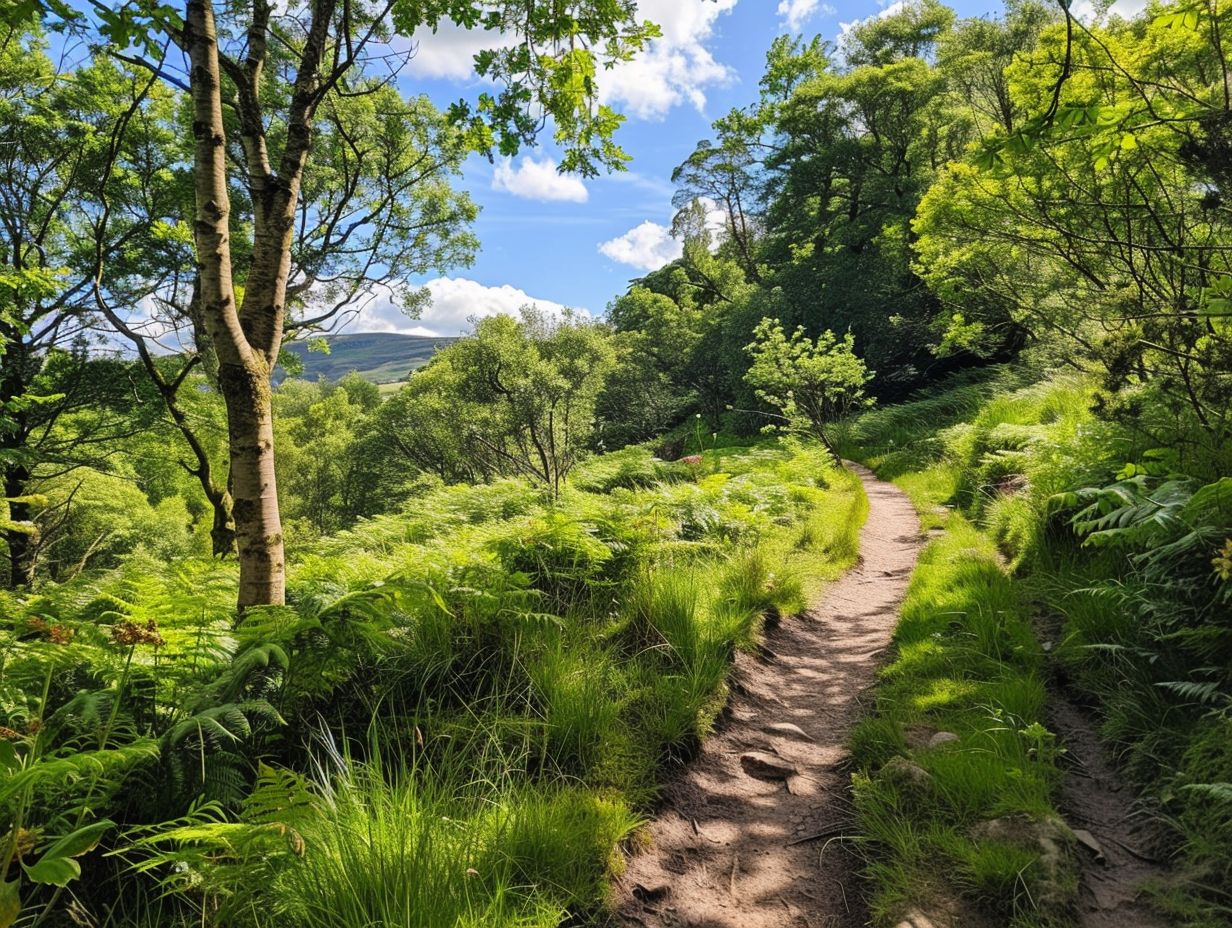
The Best Hiking Trails For Experiencing UK Wildlife
When exploring the picturesque hiking trails of the UK, you can expect to encounter a diverse array of wildlife. From majestic birds soaring overhead to
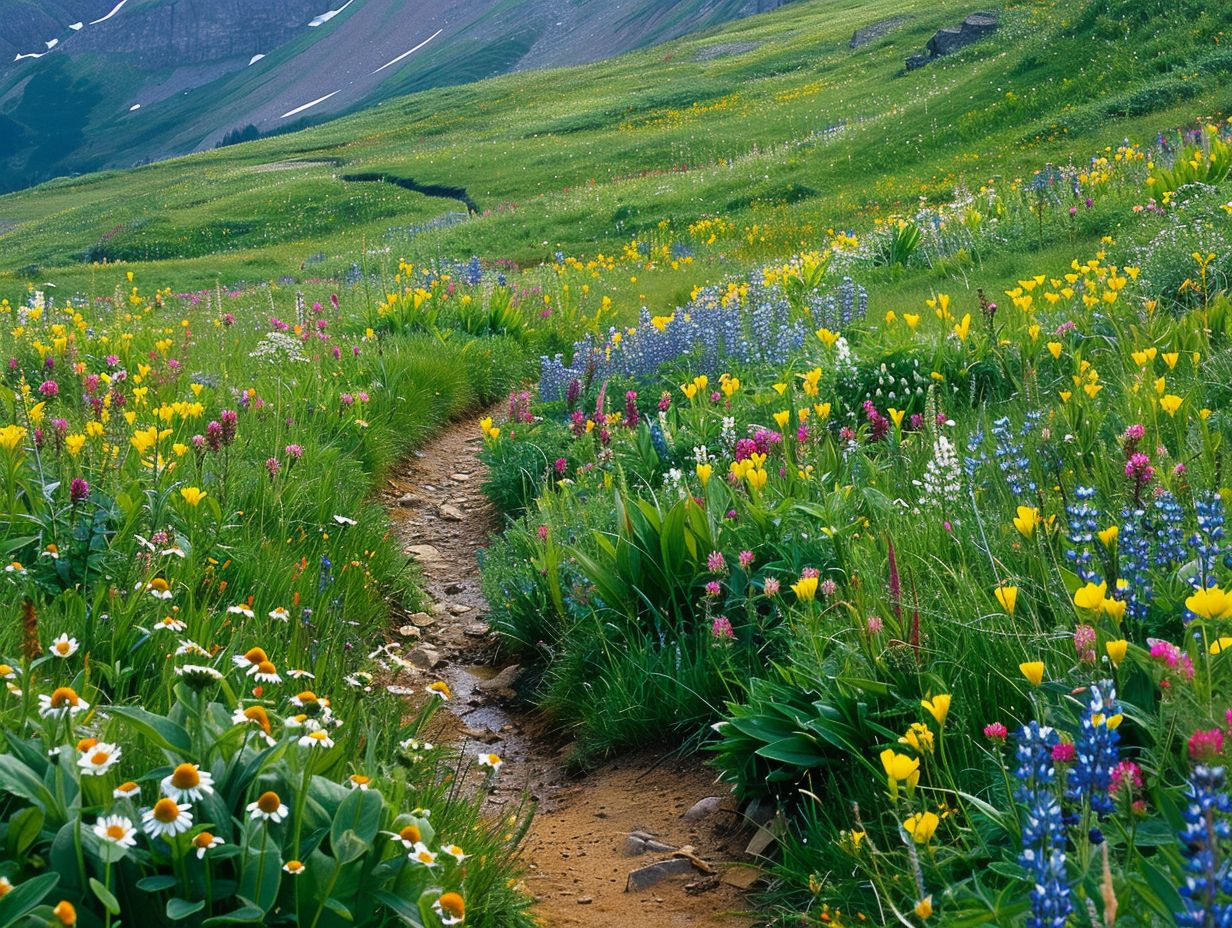
Wildflower Walks The Best Trails For Nature Lovers
Are you a nature lover looking to embark on a wildflower walk? Explore the best trails for wildflower walks, including [Trail Name 1], [Trail Name


